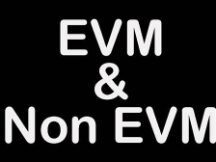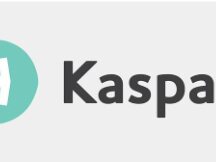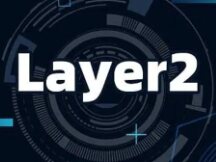General concept for cross heterogeneous chains
Today, the public channels have their own magical power to create an ecosystem and become an island, and the cross chain has become an important business enterprise to achieve the use of the tool smoothly and around.
It can be seen that there are many types of chain links and cable ties, contracts, etc. to enable the transformation of the chain's assets. These activities are often accompanied by connections and exchange capacities.
Very interesting, it's the easiest, but because the market has to change very quickly.
Today we are going to briefly describe the chain cutting process as the simplest way of chains: bridges and chain links. Knowing this principle, most crossing planes can be identified based on it.
Heterogeneous cross-chain solutions can add other blockchains around a chain link or chain link. The exchange of assets results in a sharp contraction.
In order to follow a chain link or a chain link, a chain link requires several features:
A layer of interfaces is used, which can be applied by contracting directly or directly on the lower layer.
The chain must submit the block header format, serialization, deserialization, and signature authentication methods so that the relay chain can parse and inspect the block header.
Submit a method of building and validating the Industry Merkle List or Tree so that the link in the chain can identify the real changes that are occurring in the chain.
In order to complete the link in the chain, we need to enter into two contracts, taking Ethereum as an example, a joint venture agreement and a joint venture agreement.
The block header synchronization contract maintains the block headers of the chain's relay chains to ensure that the chain crosses each other. Each chain has an interconnection management contract and is responsible for the design of the interconnection chain, each inter-chain exchange contract must be linked to the interconnection management contract, for example, in Ethereum, at the Both the block header synchronization contract and the management contract are It is used by smart contracts.
The following describes the interactions and functions that each contract should use.
Contract 1: Block Header Synchronization Agreement:
SyncGenesisHeader interface: The Genesis block header on the sync relay chain (or the block header that changes at some point) is called at the start of the contract and is only called once . During this time, the genes are then stored and identified to obtain a list of recommended chain links. You can refer to the number concerned.
SyncBlockHeader interface: Periodically syncs block headers across the relay chain, typically including key block headers for timeline switching and block headers for cross-chain transactions. Relays use this interface to synchronize block headers in relay chains. Retrieve and Identify Block Header If the visible header is changed, it keeps the name of the trusted header on the chain link. You can refer to the number concerned.
Contract 2: Competition management agreement:
CreateCrossChainTx Interface: Create Cross-Chain Transactions This connection is commonly used to refer to an enterprise smart contract when a cross-chain operation is required. To create a concatenation link, this interchange has its own incremental ID and writes the transition to the Merkle tree.
ProcessCrossChainTx Interface: Inter-Chain Transaction Processing This connection is used for the chain to receive chain links from other chains and is called when the middleman synchronizes the Merkle data authentication. The interface displays the base merkle (inside the block header) of the height-based cross-chain exchange, checks the correctness of the chain link, identifies the cross-link after verification and calls the company. A target chain contract.
Suppose the user in chain A to chain B initiates the request to connect from chain A, calls the cross port DApp, and finally receives the request from the DApp contract. Chain B. Chain A and chain B comply with both the contract and the above interconnect. , and each can be designed to be secure and usable through the DApp chain around the chain. Steel manages the contracts and submits the commercial contracts on chain A and chain B, respectively, and contracts. create a full DApp competition.
The user calls the chain A contract company, and the contract also calls the contract management cross, through the user chain. An integrated contract management system creates a network connection.
Since data is not normally exchanged between strings and strings, a relay is required to send data. The relay synchronizes the block header of chain A with the block header synchronization contract of the relay chain, then discards the junction. Chain storage. Chain management contract event retrieval consists of connecting the user chain, then getting the chain cross exchange merkle proof and chain traversal controls the chain links for contraction. relay saw;
The chain link check contract reads block data from chain A and ensures that the proof of the chain break is correct. event form.
The relay in chain B synchronizes the block header of the relay chain with the block header synchronization contract in chain B, then gets the inter-chain parameters of chain B and brings the Merkle proof by the chain of relays to the ledger. Refer to the B chain contract management contract.
The B-chain contract management system verifies the authenticity of the cross-chain data, then invokes the target contract through the data to complete the entire chain contract request.
Among them there are two Merkle certificates, the first proving that the data in chain A is contained in chain A, and the second proving the crossover by proving that the data cross sections are contained in chains. - Chain trust mechanism. This is the operating system of the cross-chain DApp.

Scan QR code with WeChat






























